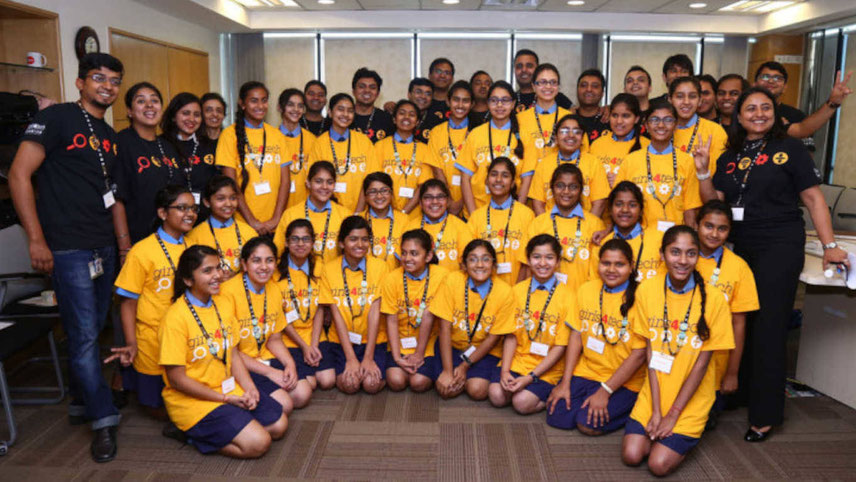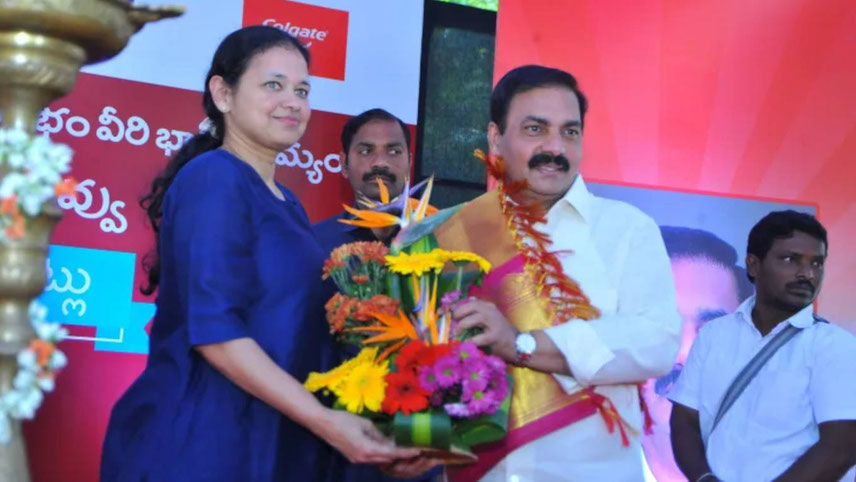Directors of a board make decisions by following the prescribed voting protocol. The reason for the protocol is obvious in view of the crucial decisions that affect the future of the enterprise the board serves. The voting therefore needs to be transparent, accurate and secure. Board members are supposed to deploy their fiduciary duties effectively and efficiently, and the voting is one part of fulfilling that. The chair is required to ensure a good voting procedure not dissimilar to Parliament procedures. Some enterprises have even written down the voting details in their memorandum of association. The question of voting arises when a board director makes a motion for action, based on a proposal. In board meetings of yore – pre-pandemic era – there used to be steps to make a motion and for approving it. And whenever a board member makes a motion, the board has to act to approve or deny it. In the good old days, the chairperson asks everyone around the table for a motion and a second, asks if there is any discussion, calls the vote, everyone muttersaye, and on to the next item. But in the new regime of online virtual board meetings, informed, legally defensible board votes have become both trickier and more technical. How do your board chair and company secretary assure remote board voting that can stand up to any subsequent legal scrutiny? The way most boards voted at their in-person sessions just doesn’t translate well to the virtual world. A recent EY survey found that, before the lockdown, 77 per cent of boards still voted by raising their hands at personal meetings. Taking this approach online means a dozen postage-stamp sized Zoom images all waving their hands (or maybe just swatting away a mosquito). And that’s assuming a unanimous vote. If there is a split, tallying the ayes and nays with precision, in a way that avoids second-guessing later, just won’t work. A voice teleconference, where the mumbled ayes and nays need to be sorted out, would be no less easy than guesswork on the part of the secretary taking minutes. The secretary recording votes in the minutes needs to make sure the tally is well documented. For either video or voice board meetings, this could mean a roll call vote with each member chiming in. This takes up a lot of time, though you will know if a member skipped out at the moment the vote was underway. Before the Covid crisis, the few boards that met electronically often used hybrid measures to take and confirm votes. Directors could use e-mail to vote on an item. This was especially popular for unanimous written consents, or approval by ‘circulation’. Directors signed off on key items, and either emailed (or postal mailed) their responses. Again, there are problems in using these tools as standard meeting practices. They tend to be slow, uncertain and open to question. While the use of written consents has solid legal standing, board votes by e-mail may or may not be legally binding in your jurisdiction, so be sure to check with legal counsel. For example, there may be legal rules that an email vote can only be sent when the meeting itself is in session. In either case, the process is inefficient and open to second-guessing.
-

Online voting makes things more accurate and efficient than in the old-style meetings

































